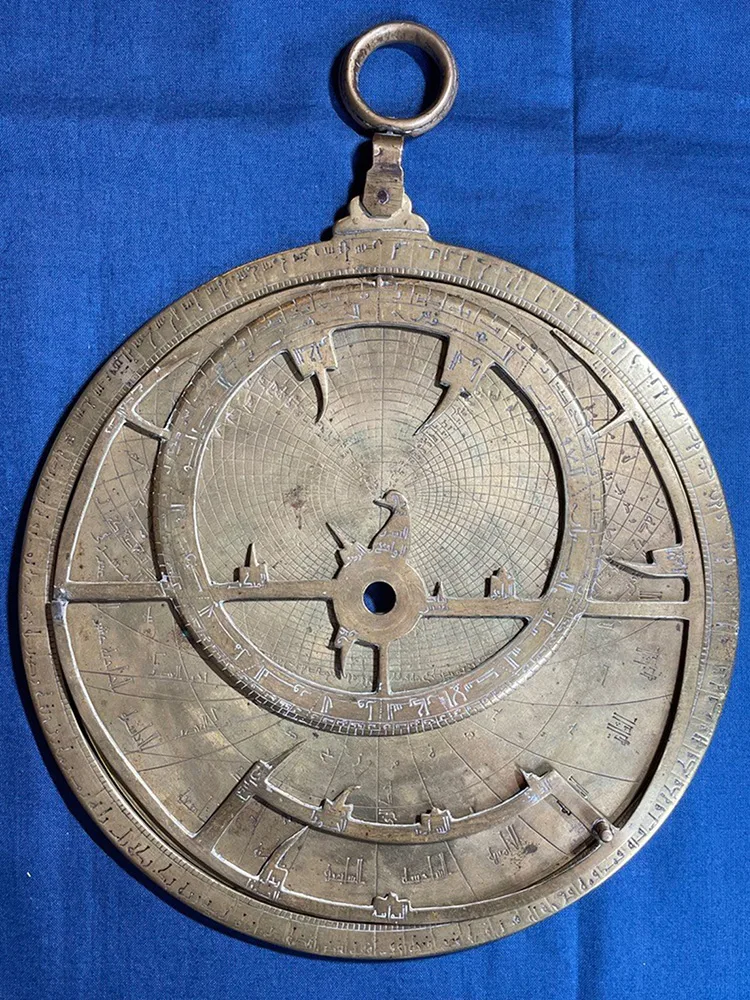maximus otter
Recovering policeman
- Joined
- Aug 9, 2001
- Messages
- 14,087
A rare eleventh-century Islamic astrolabe has been discovered in the vaults of a museum in Verona, Italy. One of the oldest examples ever found and one of only a handful known in the world, the astronomical instrument appears to have been used by people in Spain, North Africa, and Italy across many centuries.

Showing a two-dimensional model of the universe, astrolabes made it possible to plot the position of the stars, calculate time and distances, and develop horoscopes.
The rare artifact, though to be from the 11th century, was identified as such by Dr. Federica Gigante while looking at a photo on the website of the Fondazione Museo Miniscalchi-Erizzo.
The museum had suspected it was a fake. “It’s now the single most important object in their collection,” said Dr. Gigante.
From its inscriptions, the astrolabe appears to be from Al-Andalus, the Muslim-ruled area of Spain in the eleventh century.
https://www.forbes.com/sites/jamiec...-like-worlds-first-smartphone-say-scientists/
maximus otter

Showing a two-dimensional model of the universe, astrolabes made it possible to plot the position of the stars, calculate time and distances, and develop horoscopes.
The rare artifact, though to be from the 11th century, was identified as such by Dr. Federica Gigante while looking at a photo on the website of the Fondazione Museo Miniscalchi-Erizzo.
The museum had suspected it was a fake. “It’s now the single most important object in their collection,” said Dr. Gigante.
From its inscriptions, the astrolabe appears to be from Al-Andalus, the Muslim-ruled area of Spain in the eleventh century.
https://www.forbes.com/sites/jamiec...-like-worlds-first-smartphone-say-scientists/
maximus otter

